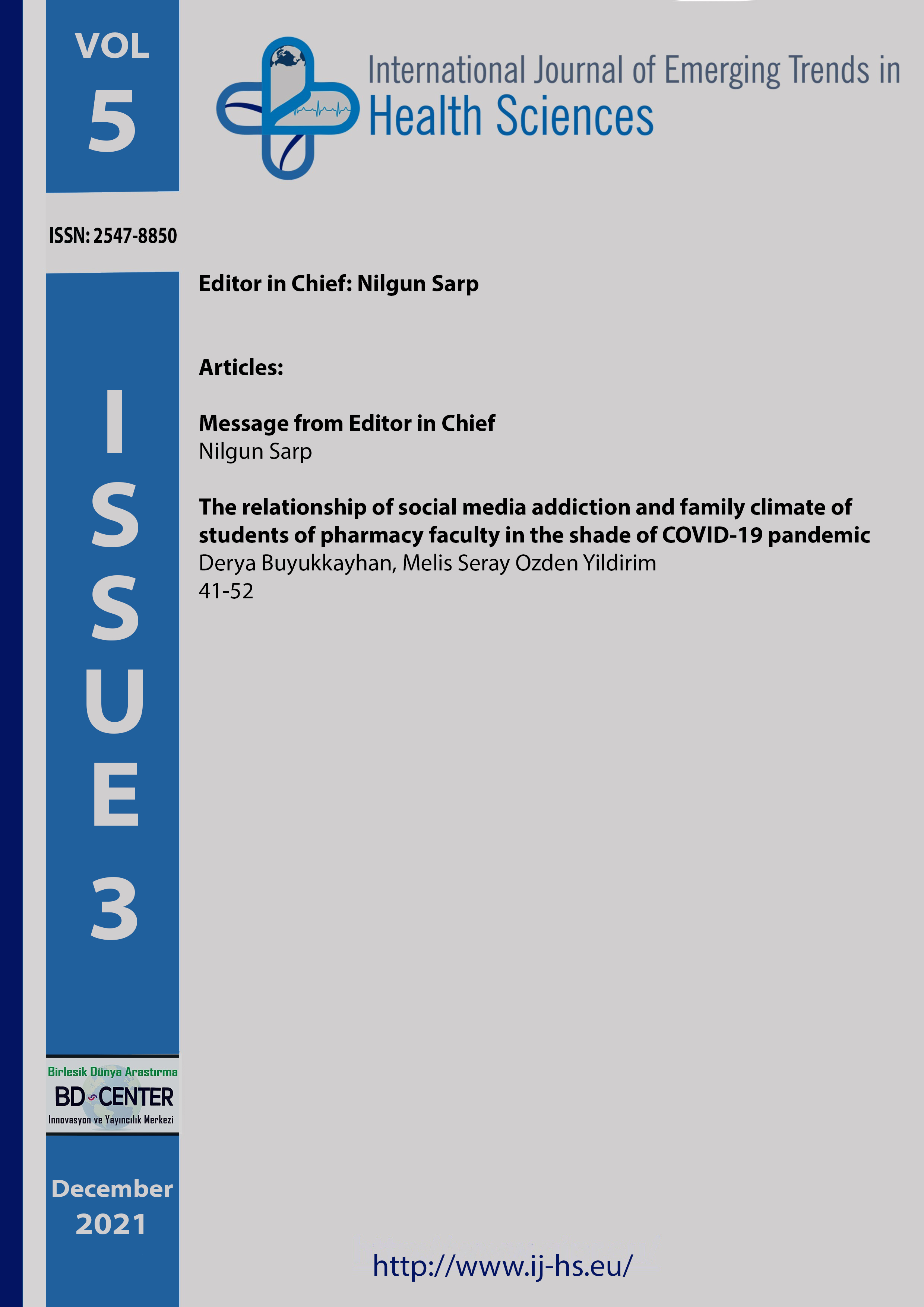Household environmental safety and perceived stress among uninsured free clinic patients
Main Article Content
Abstract
The purpose of this research project is to examine the association between household environmental safety and stress among uninsured primary care patients who live in poverty. Data were collected from patients of a free clinic using a self-administered survey in Fall 2019. A total of 559 patients participated in the survey. Higher levels of concern regarding environmental issues at home are associated with higher levels of perceived stress. The following demographic characteristics were associated with higher levels of concern regarding household environmental safety issues— higher educational attainment, younger age, and better self-rated general health. Chronic stress concerning an unsafe environment can be a psychological burden and pose health risks to vulnerable populations. Interventions to improve household environmental safety have the potential to reduce the stress-load of uninsured primary care patients.
Keywords: Environmental issues; free clinic; home; perceived stress; safety; social environment.
Downloads
Article Details

This work is licensed under a Creative Commons Attribution 4.0 International License.
Authors who publish with this journal agree to the following terms:
- Authors retain copyright and grant the journal right of first publication with the work simultaneously licensed under a Creative Commons Attribution License that allows others to share the work with an acknowledgement of the work's authorship and initial publication in this journal.
- Authors are able to enter into separate, additional contractual arrangements for the non-exclusive distribution of the journal's published version of the work (e.g., post it to an institutional repository or publish it in a book), with an acknowledgement of its initial publication in this journal.
- Authors are permitted and encouraged to post their work online (e.g., in institutional repositories or on their website) prior to and during the submission process, as it can lead to productive exchanges, as well as earlier and greater citation of published work (See The Effect of Open Access).
